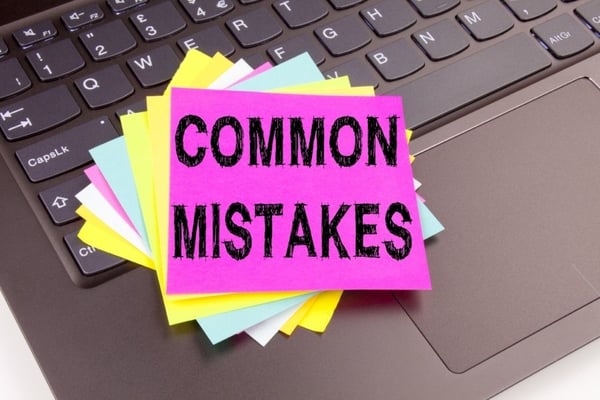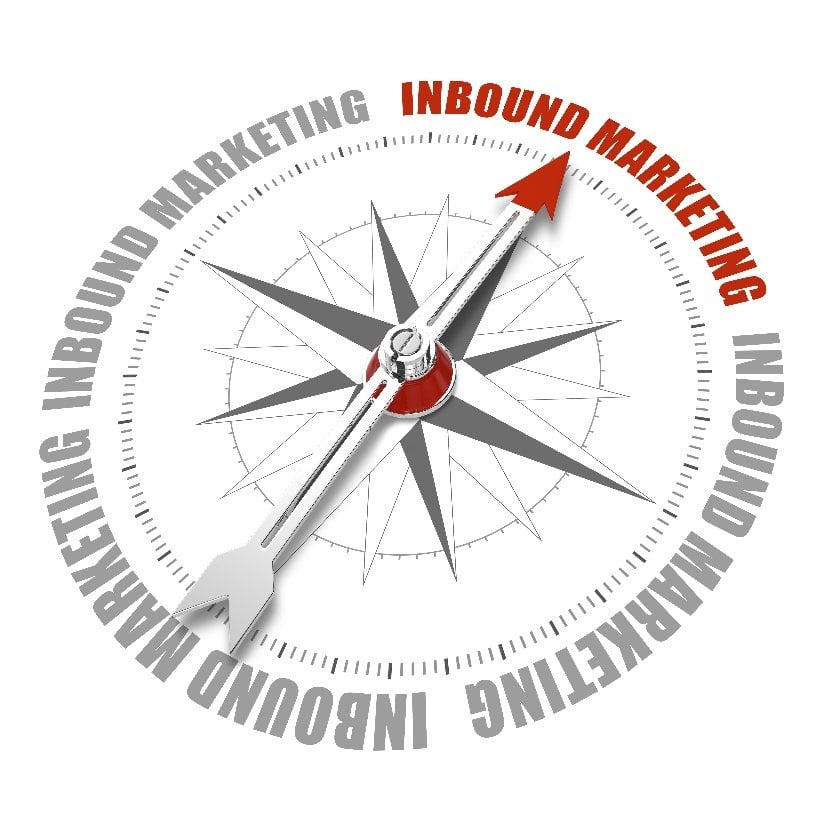
What could be hard about digital marketing? Or so we think. All you need is a digital device and you can slowly build your presence across all the channels. After all, it’s as easy as using the internet or social media. Right?
We don’t mind business owners being ambitious, but this is the kind of self-assurance that can really deal a lot of damage to your budding brand. Let’s not forget the fact that in the current business landscape, the balance of power has, by and large, shifted in the hands of customers.
Marketing is no longer about conveying your message, but also about managing and measuring customers’ responses. You need to keep an eye on even the slightest shift in customer behavior and market trends.
More importantly, you need to build a flexible strategy that can accommodate those changes.
While managing all of that, you need to make sure you are avoiding mistakes altogether. A minor lag can turn out to be a huge blunder in the digital world, destroying your brand and business forever.
As digital marketing experts, we are here to warn you of four furious mistakes you should avoid at all costs. So, let’s begin the mission!
1. Starting Without a Marketing Strategy
The biggest mistake made by small and medium-sized businesses is jumping into the digital market pool without a proper strategy. One of the major strengths of digital marketing is the unlimited number of channels it offers.
Without a strategy, you are going to be all over the place with your messages that simply won’t connect, target, or worse, convert.
Create a clear strategy that identifies your market and explicitly defines where you should be focusing your efforts and investment. This brings us to the next mistake.
2. Not Having a Budget
The reason many businesses fail because they either spend too much or too little on their digital endeavors. While the digital market is essential, you need to calculate how much your business can and should afford.
Once, your digital marketing budget number, you need to dig a little deeper for channels and platforms that guarantee more engagement and conversion.
This is absolutely exclusive to your business. Just because someone else is spending 70 percent of PPC doesn’t mean it is the best way for your business as well.
3. Focusing On Just the Brand Not the Customer
As we discussed earlier, it’s all about the customers these days. Gone are the days when brands could sell their products just by glorifying themselves. That just appears shady and self-obsessed to the smarter customers of the day.
Customers want facts and a brand that is offering a solution along with the value. They want to know you are in not just for the money but to help.
Give your brand a caring and creative image. Engage your audience with more relevant messages or ask for their input.
4. Not Hiring Marketing Professionals
DIY everything may sound like a smart strategy when it comes to cost-saving, but as a business in its evolving stages, you have a lot on your plate.
Firstly, you need to focus on your core competencies to make sure the promised value is actually delivered to your customers.
Secondly, lack of expertise increases the chances of blunders that ultimately cost more than you expected to save in the first place.
5. Not Tracking Results
This is more common for more developed businesses, but it’s also one of the worst offenses you can commit.
If you don’t track, you really don’t know what works. Whether it’s not tracking goals on your website with Google Analytics, or not tracking conversions through your pay-per-click ads, or not tracking calls and foot traffic from a big sale or advertising investment, if you aren’t tracking, you’re throwing your money away.
A wise person once said it’s okay to make mistakes, so long as you learn from them. Well if you’re not tracking the results then there is no way to learn from your mistakes or to learn what works.
Worst of all, if you don’t track, then there’s really no way to improve. That is truly a waste of a marketing budget.
6. Failing to Earn Repeat Customers & Not Leveraging Happy Customers
Typically, in business, 80% of sales and profits come from existing customers, while the other 20% comes from new customers buying for the first time.
If you fail to retarget your current customer base to get them to buy again, it could put a significant dent in your profits.
Be sure to leverage your happy customers and utilize testimonials and success stories to help build confidence with new customers.
Need a team you can trust with your digital marketing campaign? Drop us a message and let us shed some light on how your marketing can reach your goals.













